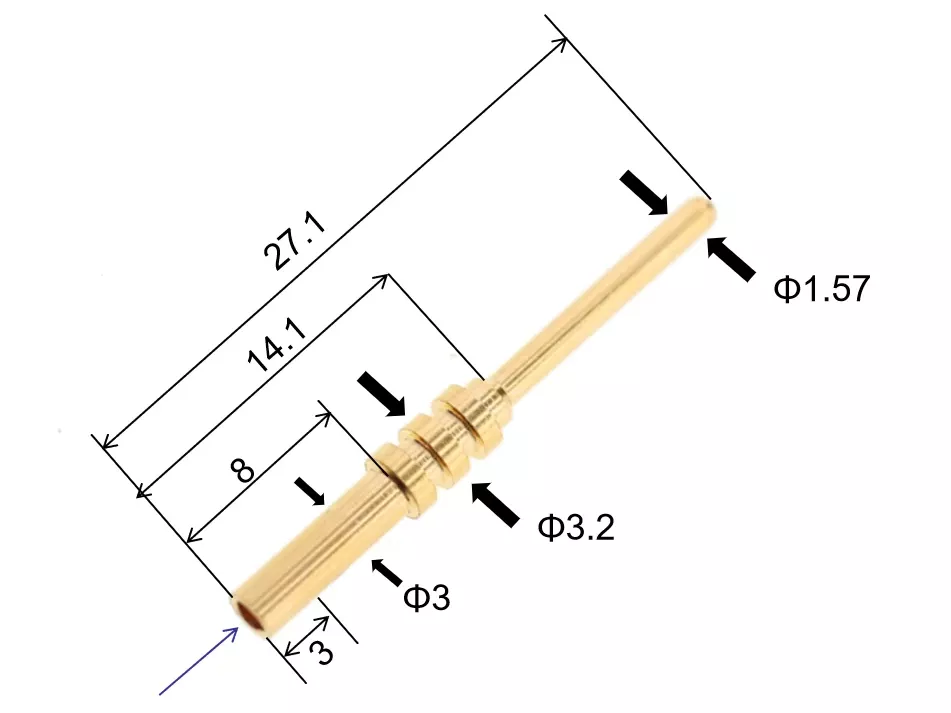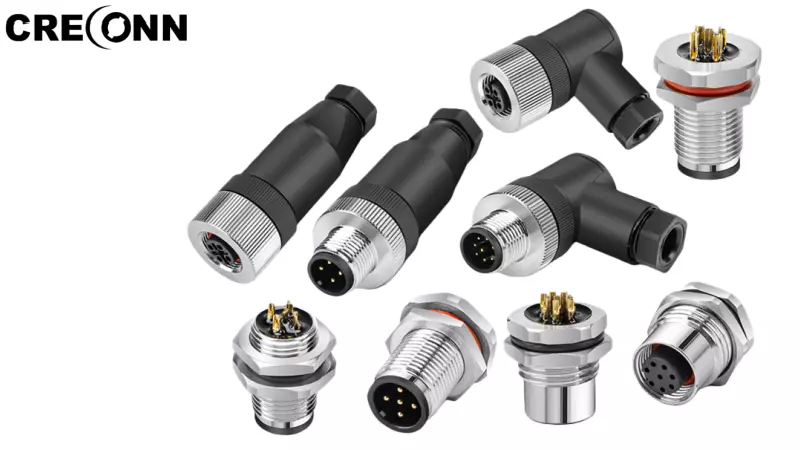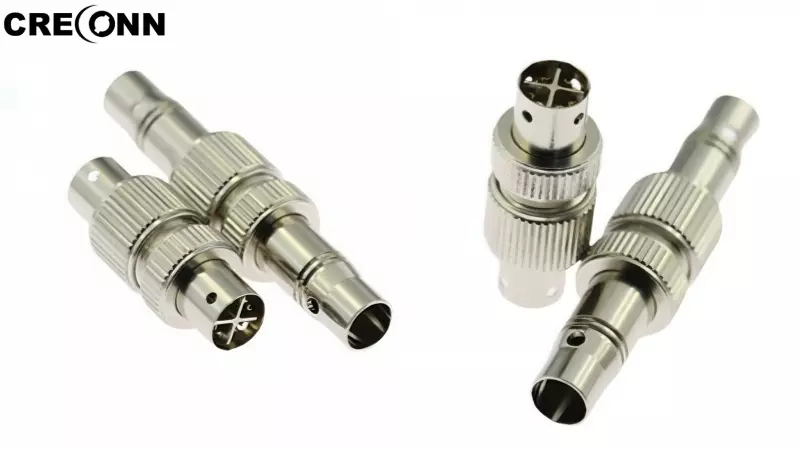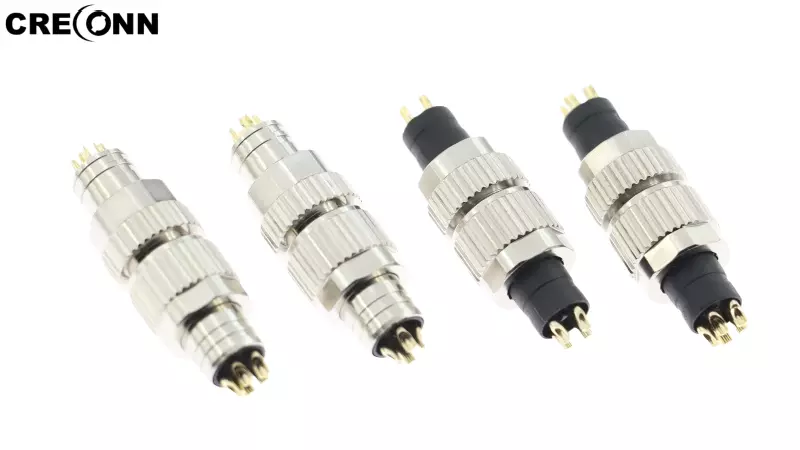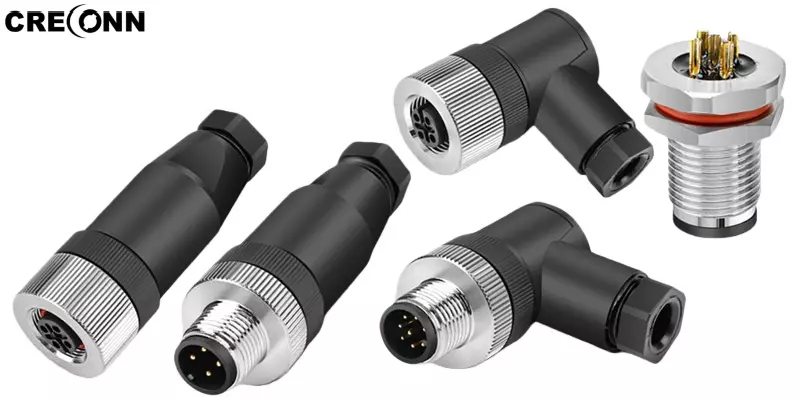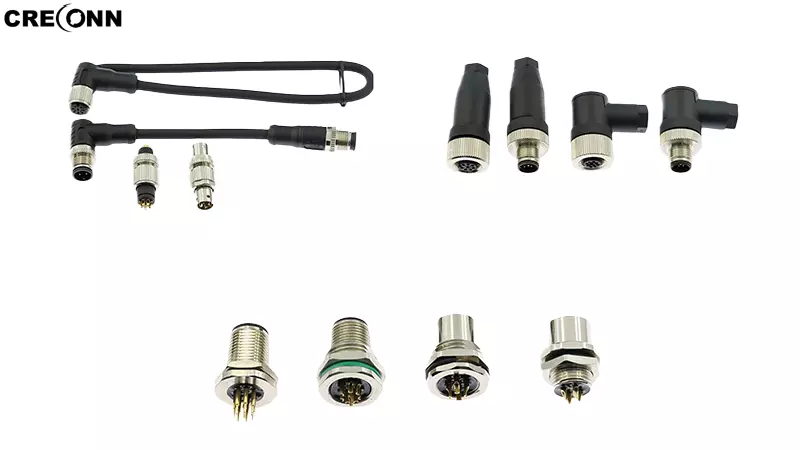How to Accurately Measure Pin Diameter for Standard Compliance
How to Accurately Measure Pin Diameter for Standard Compliance
To ensure pin diameters meet specifications, follow these structured steps:
-
Select Precision Tools:
- Use micrometers for small-diameter pins.
- Employ vernier calipers for larger diameters.
- Opt for microscopes or laser measurement systems for ultra-fine/precision pins.
-
Calibrate Instruments:
Verify all tools are calibrated before use to guarantee accuracy. -
Identify Measurement Points:
- Check the pin’s midsection, both ends, and any curved/deformed areas.
-
Conduct Measurements:
- Secure the pin to prevent movement.
- Record readings accurately.
- Repeat measurements at multiple locations to average results and minimize errors.
-
Document Data:
Log measurements with details (location, date, time, operator) for traceability. -
Compare Against Standards:
Cross-check results with product specifications or industry standards. -
Leverage Software Analysis:
Use specialized software for advanced data analysis if available. -
Address Deviations:
Investigate root causes (e.g., material, process, or equipment issues) and implement corrective actions for non-compliant pins. -
Schedule Regular Audits:
Conduct periodic rechecks to sustain compliance over time.
By adhering to these steps, manufacturers can ensure pin diameters meet quality and reliability standards. 📏✨
Guangdong Corecon Precision Industry Co., Ltd. aims to be your reliable partner in pin and socket manufacturing. Our professional team stands ready to support you, driving your business forward. Choose Corecon for a trustworthy partnership and a brighter future. Contact us for inquiries or more information.
